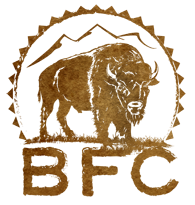For as long as I remember, Montana has always been my answer to the question: If you could live anywhere, where would it be? Making it to Montana has always been a dream of mine.
In the past year, I had been looking for an internship for college credit but all of them had turned me down. Then I found an ad for interning with Buffalo Field Campaign. Feeling discouraged, I was reluctant to apply. After telling my friends about volunteering with BFC they said I should try, so I did, and I was accepted for BFCs internship program.
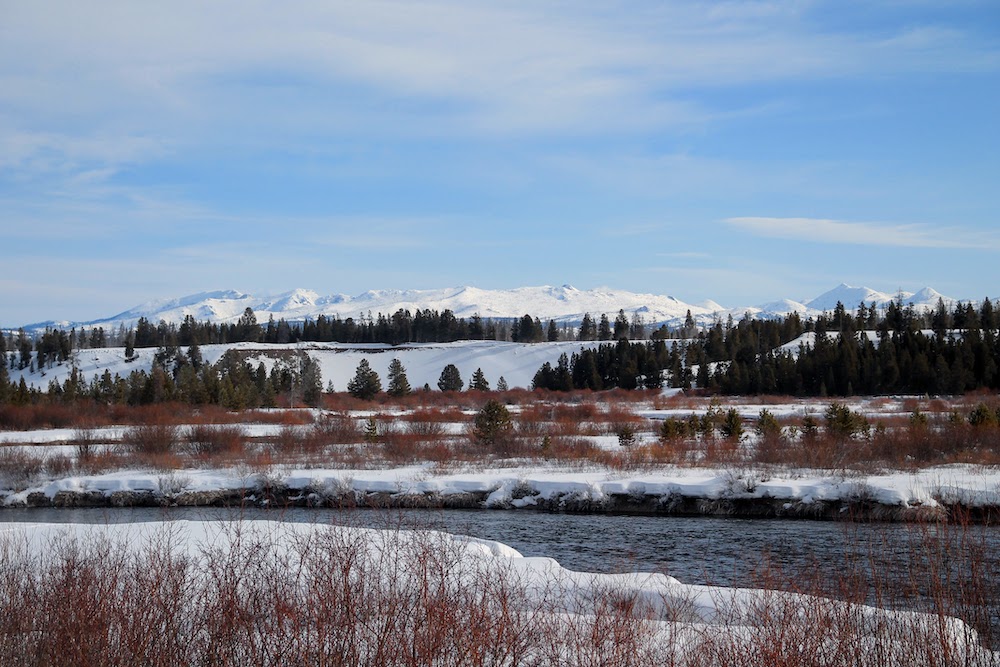
After collecting winter snow gear and patiently waiting, I stepped out of the Bozeman airport on February 29 to snow and mountains like I had never seen back home on the East Coast. Montana’s mountains fill the horizon. I spent the entire ride to camp in awe. I was seeing those pictures I had for so long wished to see in person: steep, rocky mountains covered in pine trees with a beautiful river flowing by.
My stomach felt like it was doing cartwheels as we arrived at the main cabin. I didn't know what or who would be inside. I was greeted by other volunteers who welcomed me, gave me a cabin tour, and offered to help me find any extra gear for my stay. Everyone made it easy for me to settle in. After unpacking, I started looking around. There were so many pictures, drawings, and items that told the story of BFC and previous volunteers and interns. One in particular that caught my attention is an altar with a beautiful bison skull, sage smudge sticks, rocks, feathers, and jaw bones.
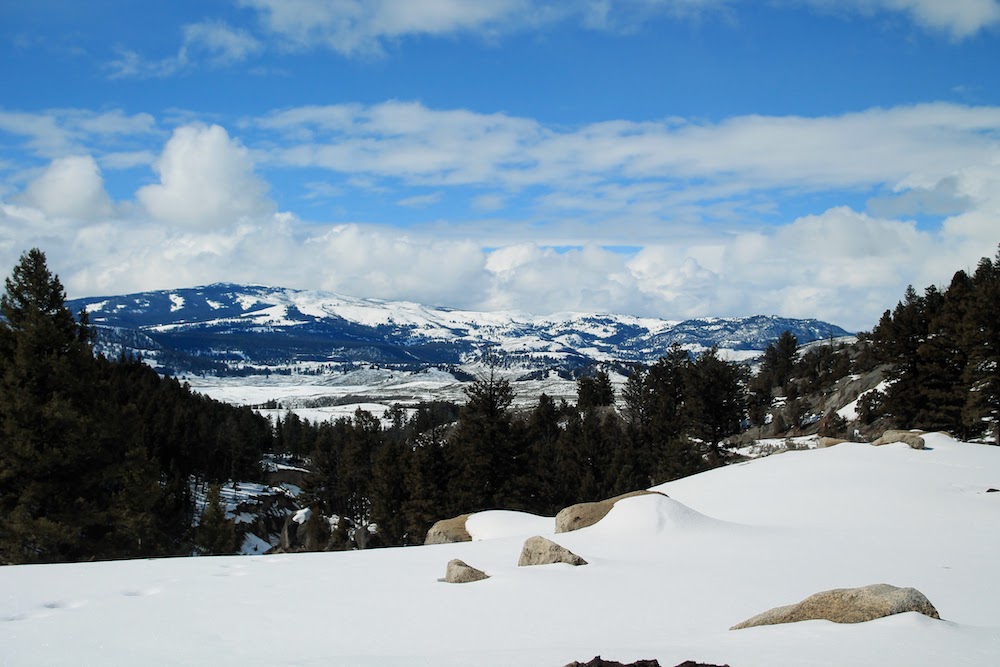
After going on morning cross-country ski patrols, I began to learn of the many challenges bison have been through and the struggles they are still facing. I have learned that Bison are a sacred and important animal for Native Americans. Once numbering 30-60 million, bison were hunted to near extinction in the late 1800s. Men would shoot them through train windows and compete to see who could kill more. Entire herds were wiped out. Bison were not harvested, but killed for sport or the hide trade and left to rot on the plains. These magnificent animals were slaughtered to gain control over Native peoples who relied on bison for food, clothing, shelter, tools, cultural and spiritual practices. Western settlers felt with the bison gone, the surviving Native peoples would have to cooperate. By 1890, there were less than 1,000 bison with only 23 surviving in Yellowstone’s Pelican Valley.
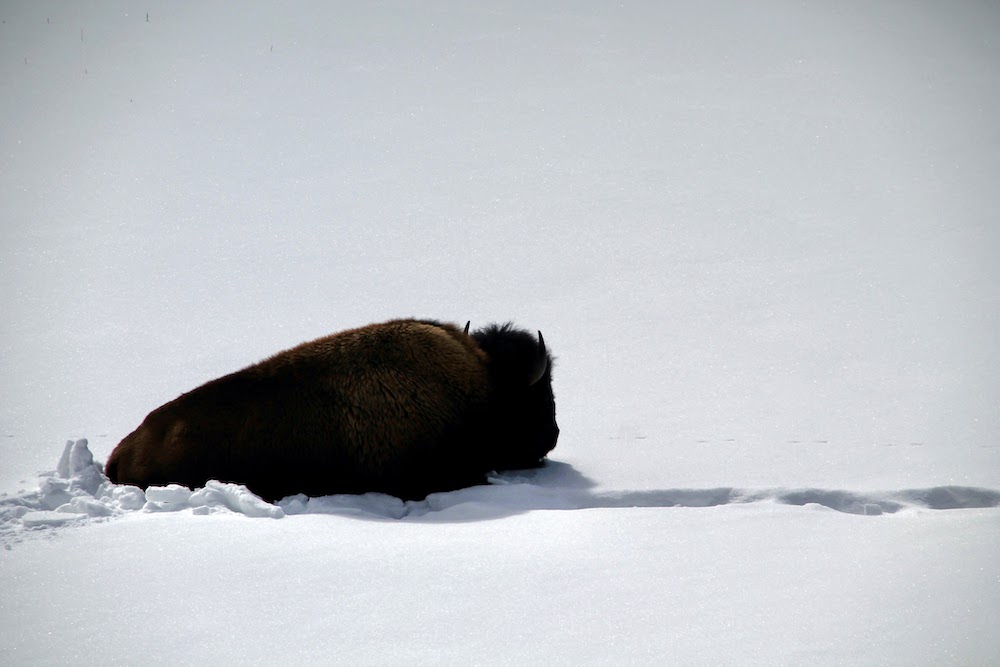
In Yellowstone National Park, bison are trapped for slaughter and quarantine. When migrating into Montana, bison fall under the control of the Department of Livestock. When Bison are trapped, they can be tested for Brucellosis. This disease was given to them by cattle. Since Brucellosis can affect the reproduction of some cattle, Bison with positive tests are sent to slaughter. This practice is done by the Department of Livestock to prevent the spread back to cattle.
On the National Forest, there is a half-mile strip of land called Beattie Gulch where bison are hunted. In this strip, bison have little choice but to cross Beattie Gulch during their migrations. Hunters create a firing line as bison make their way across the gulch. For those that make it alive to the other side, bison still face more hunters or livestock agents if they roam too far.
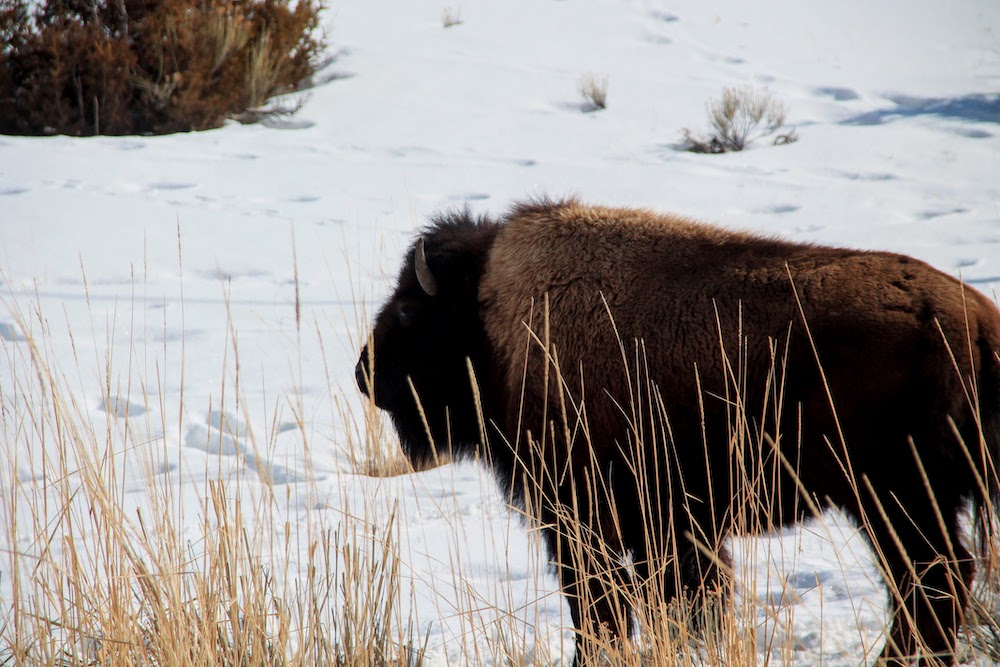
Before coming to BFC, I was not aware that the last continuously free-roaming bison were among the few in Yellowstone or the situation they are currently going through. I am grateful for finding BFC and for being able to participate in their mission. Bison are a symbol of America, yet they are not allowed to freely roam and are shot, captured, or sent to slaughter if they decide to cross a boundary they can’t see. Bison are magnificent and wild beings, and they should be treated and managed as such.
~ By BFC Volunteer Shauna Davies






